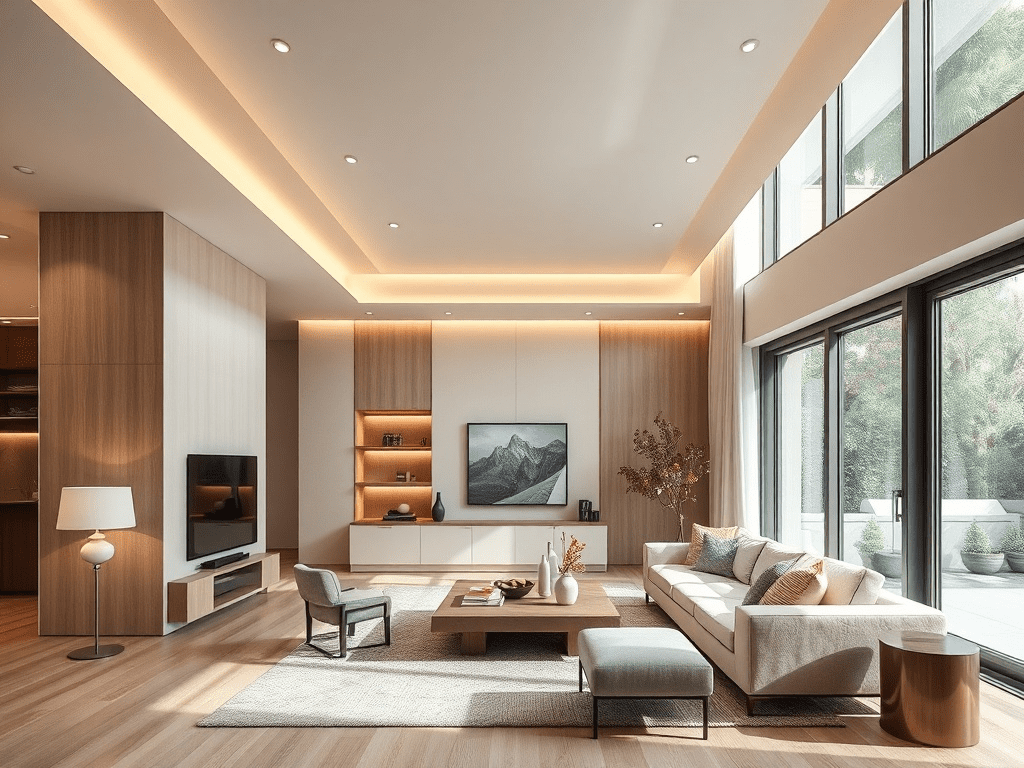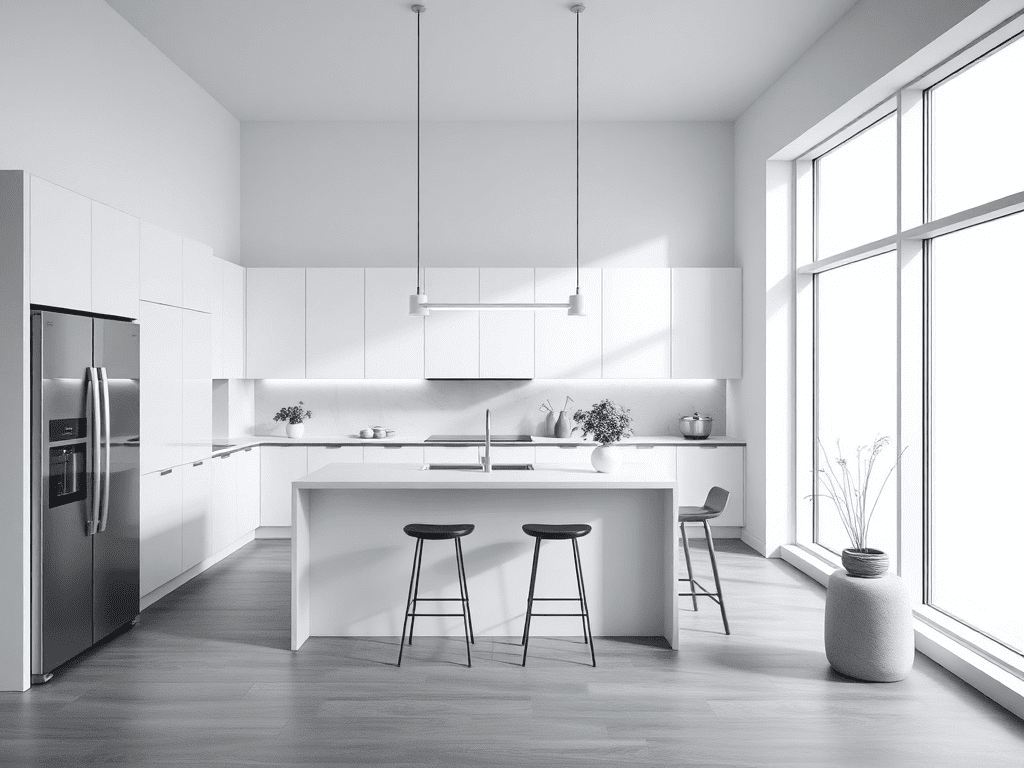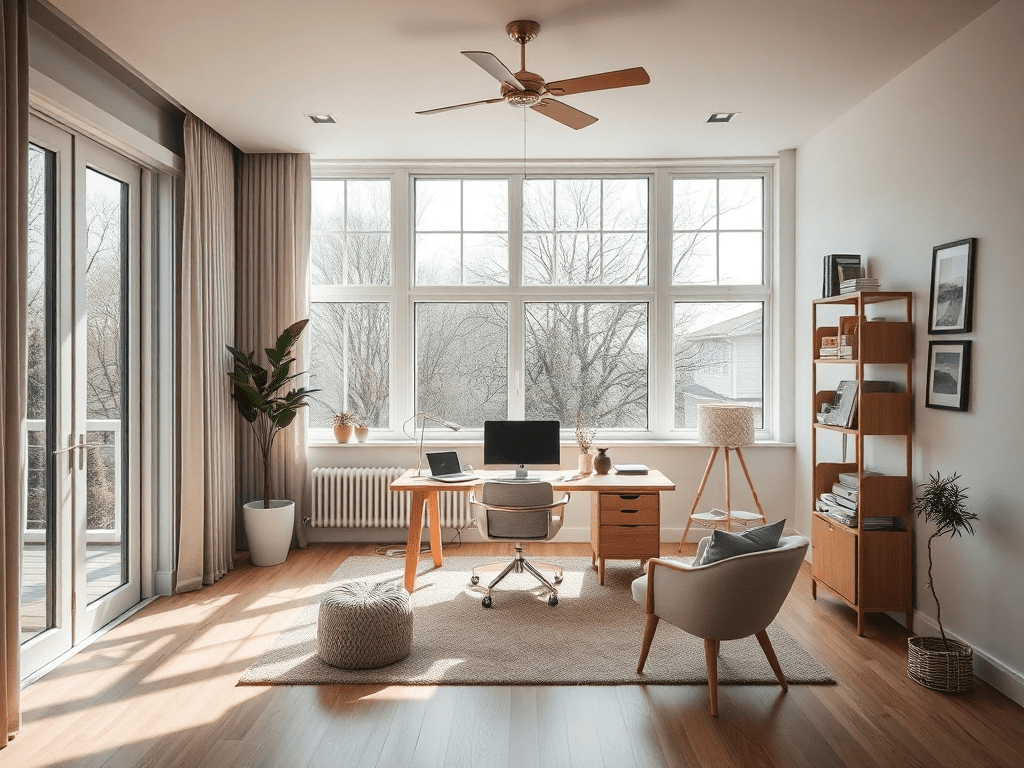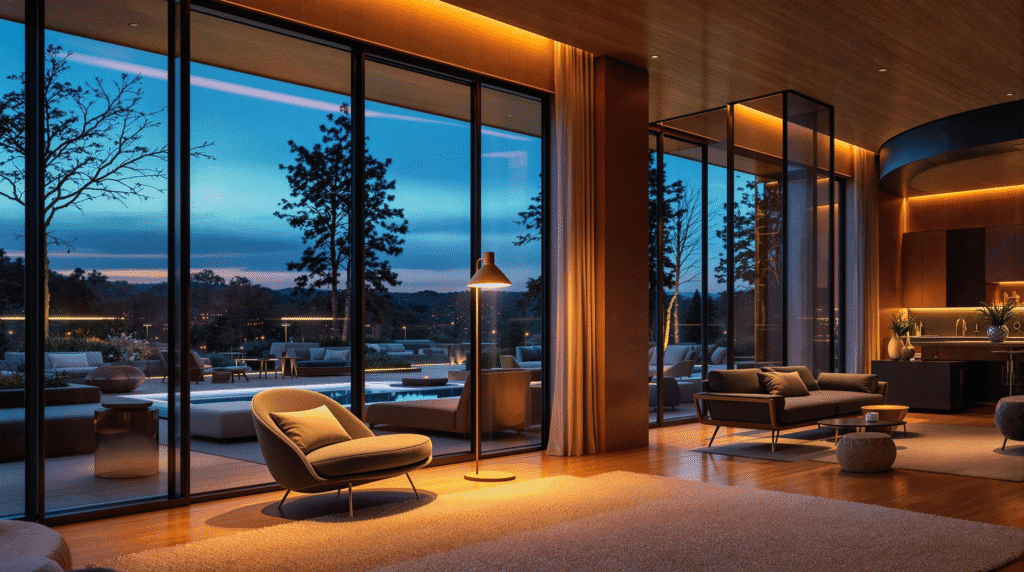Strategic interior lighting design goes far beyond simply illuminating a space. It’s about crafting an environment that enhances aesthetics, influences mood, and optimizes functionality. It’s the art and science of using light to transform a house into a home, or a workspace into an inspiring hub. Discover the power of strategic interior lighting design and how it can revolutionize your living or working space.

What is Strategic Interior Lighting Design?
What is strategic interior lighting design? It’s a carefully considered approach to lighting that takes into account the purpose of each room, the architectural features, and the desired ambiance. Unlike standard lighting design, which often focuses solely on brightness, strategic design considers factors like color temperature, light layering, and energy efficiency to achieve specific goals [i]. For commercial buildings, this can translate to increased productivity and a more inviting customer experience. At home, strategic interior lighting design and its impact on well-being cannot be overstated. A well-lit home is a happy home.
The Key Elements of Strategic Interior Lighting Design
What are the key elements of strategic interior lighting design? Several core principles guide effective strategic lighting. These include:
- Layered Lighting: Combining ambient, task, and accent lighting to create depth and visual interest. Ambient lighting provides overall illumination, while task lighting focuses on specific activities, and accent lighting highlights key features [ii].
- Color Temperature: Choosing the right color temperature (warm, neutral, or cool) to influence mood and complement the room’s function.
- Light Reflectance: Understanding how light interacts with different surfaces and materials to optimize brightness and minimize glare.
- Glare Control: Minimizing glare through proper fixture selection and placement to ensure visual comfort.
- Daylight Integration: Maximizing the use of natural light to reduce energy consumption and enhance well-being.
Strategic Interior Lighting Design Principles and Techniques
Strategic interior lighting design principles and techniques involve a blend of art and science. Key techniques include:
- Zoning: Dividing a space into distinct zones with different lighting needs.
- Highlighting Architectural Features: Using accent lighting to draw attention to focal points.
- Creating Visual Interest: Varying light levels and colors to add depth and dimension.
- Utilizing Lighting Control Systems: Employing dimmers and smart home integration to adjust lighting levels and create different scenes.
Strategic Interior Lighting Design Trends for 2024
The latest strategic interior lighting design trends for 2024 emphasize sustainability, technology, and personalization. Expect to see increased use of energy-efficient lighting, smart home integration, and human-centric lighting solutions that mimic natural daylight patterns. These trends reflect a growing awareness of the importance of strategic interior lighting design for energy efficiency and well-being [iii].

How to Plan Strategic Interior Lighting Design
How do i plan for strategic interior lighting design in my home? Planning involves assessing the needs of each room, considering the architectural features, and selecting appropriate fixtures and controls. Begin by defining the primary function of each space and identifying areas where task lighting is needed. Then, choose ambient lighting to provide overall illumination and accent lighting to highlight key features. Consider strategic interior lighting design for small spaces by using multi-functional fixtures and focusing on maximizing natural light.
The Benefits of Professional Strategic Interior Lighting Design
What are the benefits of strategic interior lighting design? While DIY approaches can be tempting, benefits of professional strategic interior lighting design often outweigh the costs. Professionals bring expertise in lighting principles, product knowledge, and design software to create customized solutions that meet your specific needs. For those seeking assistance, many offer strategic interior lighting design consultation services.
Strategic Interior Lighting Design with Smart Home Integration
Strategic interior lighting design with smart home integration allows you to control your lighting system remotely, automate lighting scenes, and optimize energy consumption. Smart lighting systems can be programmed to adjust based on time of day, occupancy, or even mood.
Strategic Interior Lighting Design and its Impact on Well-being
The right lighting can significantly impact mood, productivity, and overall well-being. Strategic interior lighting design and its impact on well-being is significant, particularly in spaces where people spend a lot of time. For example, circadian rhythm lighting can help regulate sleep patterns and improve alertness during the day.

FAQ: Strategic Interior Lighting Design
What is strategic interior lighting design?
Strategic interior lighting design is a holistic approach to lighting that considers aesthetics, functionality, and energy efficiency. It goes beyond simply illuminating a space to creating an environment that enhances mood and optimizes usability.
What are the key principles of strategic interior lighting design?
The key principles include layered lighting, color temperature control, light reflectance management, glare control, and daylight integration.
How does strategic interior lighting design differ from standard lighting design?
Strategic design considers the purpose of each room, the architectural features, and desired ambiance, while standard design often focuses solely on brightness.
What are the benefits of strategic interior lighting design in a home?
Benefits include enhanced aesthetics, improved mood, increased functionality, and energy savings.
How does strategic interior lighting design impact mood and ambiance?
Color temperature and light levels can significantly impact mood and ambiance, creating a relaxing, energizing, or inviting atmosphere.
What are some common mistakes to avoid in strategic interior lighting design?
Common mistakes include using only one type of lighting, neglecting color temperature, and failing to control glare.
How do I choose the right lighting fixtures for strategic interior lighting design?
Consider the function of the room, the architectural style, and the desired ambiance when selecting lighting fixtures.

| Aspect | Strategic Lighting Design | Standard Lighting Design |
|---|---|---|
| Focus | Aesthetics, Functionality, Well-being | Basic Illumination |
| Planning | Detailed, Purpose-Driven | Minimal, General |
| Elements | Layered Lighting, Color Temperature, Glare Control | Single Light Source |
| Benefits | Enhanced Mood, Energy Efficiency, Visual Appeal | Simple Visibility |
In conclusion, strategic interior lighting design is a powerful tool for transforming spaces and enhancing lives. Whether you’re looking to improve your home’s aesthetics, boost your productivity, or simply create a more inviting atmosphere, consider the principles and techniques outlined above. Don’t underestimate the power of a well-lit space!


